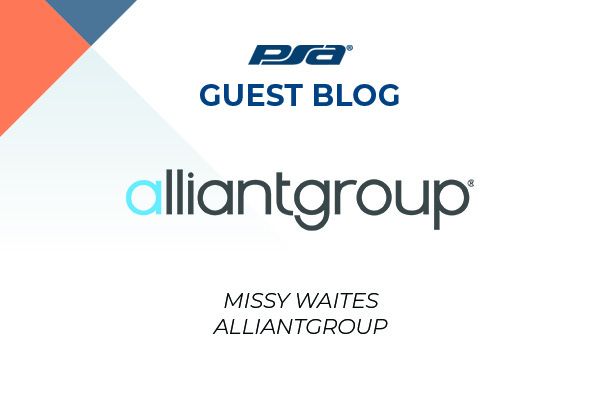
Securing Success Beyond the Pandemic: The True Value of the Employee Retention Credit
There’s certainly no denying that the COVID-19 pandemic has taken its toll on American businesses since the first waves of cases came to the U.S. in early 2020.
As an objectively disappointing September jobs report seems to indicate, the damage wrought by the pandemic seems to be continuing as America struggles to refill the more than 23 million jobs lost due to the virus and ensuing government shutdowns.
Security and audio-visual systems integrators in the U.S. are well aware of these struggles, as many were forced to either halt significant projects due to shutdown orders, or experienced declines in revenue based on priorities of clients during these economically harrowing times.
Congress, recognizing that American businesses were struggling, took action to provide economic relief tools as companies struggled to maintain payroll obligations among other expenses.
Beyond one of the most popular options for businesses during COVID-19, Paycheck Protection Program loans, Congress also created the Employee Retention Credit as part of the Coronavirus Aid, Relief, and Economic Security (“CARES”) Act in March 2020.
The provision allows employers to claim the ERC against certain employment taxes equal to either 50 or 70 percent of qualifying wages (up to $10,000 per employee, per quarter). Although the original eligibility period ended on January 1, 2020, the American Rescue Plan Act of 2021 extended the deadline to the end of 2021.
This opens up the opportunity for businesses across the country to access hundreds of thousands of dollars in capital that can lower their tax liability, at times to the point of refund, so that employees can stay on payroll and the American economic engine can get back to full operative power.
Security and audio-visual systems integrators can qualify for the credit in a variety of ways. In simple terms, an employer’s business needs to have experienced a full or partial suspension of operations during the qualifying period, or the business needed to have experienced a significant decline in gross receipts.
In one example, a security systems integrator with 33 employees and $32 million in annual revenue was able to claim more than $460,000 in ERCs for the first two quarters of 2021. In another case, a security technology company with $2.25 million in annual revenue and 11 employees claimed more than $75,000 for the first quarter of 2021.
Despite the incredible value, many businesses have self-censored because they do not feel as if they have met either of the above qualifying tests. In reality, when determining whether a firm has experienced a “partial shutdown,” taxpayers can look to whether or not the company experienced more than a nominal impact to its business operations.
Although the hurdle for qualifying for the credit is likely lower than many realize, it’s still vitally important that it is claimed correctly. Businesses must keep proper documentation in case the Internal Revenue Service asks for the taxpayer to substantiate the credit claimed. These documents might include certain government orders that impacted the business or records proving a significant decline in gross receipts.
Upon the passage of the CARES Act, Congress extended the qualification period for the incentive because it immediately recognized the value of the ERC and its ability to get American businesses the monies needed to survive the pandemic.
Companies should be aware that failing to evaluate their options and consider their qualifications for the credit could leave significant capital on the table that could propel their business out of the shadows of this pandemic.
